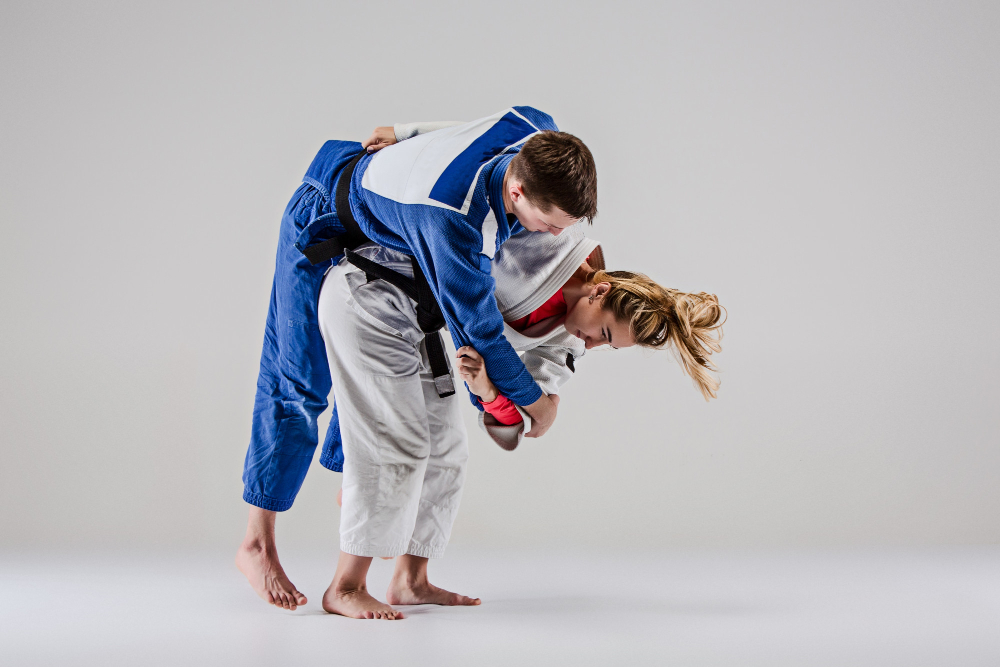A martial art is the tai chi system of combat. It is a set of different skills and increased physical power. This set of skills can sometimes be your spiritual skills and the development of skills just for entertainment. And most of the time, this martial art is used for fighting; nowadays, different armies adopt it for better physical strength. People also learn these skills for self-defense and better physical and spiritual health.
In this article, we will learn what martial arts are, their origins, and their different types.
Types of Martial Arts
Before directly jumping on the type, let’s briefly discuss what martial arts are. So, martial arts are the art of working with your physical strength and some of your spiritual strength, along with mindfulness. According to John Clements, the term “martial arts” itself is derived from an ancient Latin phrase that refers to the fighting systems of Europe (European martial arts) and means “arts of Mars,” the Roman god of battle. This usage dates back to the 1550s.
The types of martial arts include:
- Japanese Martial Arts
- Chinese Martial Arts
- Filipino Martial Arts
- Russian Martial Arts
- Israeli Martial Arts
- Brazilian Martial Arts
- Silat Martial Arts
- African Martial Arts
- American Martial Arts
For ease of comprehension, these categories are organized by the name of a country.
Japanese Martial Arts
In Japan, martial arts are further divided into three subcategories: Aikido, Karate, and Judo, known as Japanese martial arts.
Karate: One of the oldest and most well-known martial arts, if not the most well-known, it has some remarkable motions with strong punches, kicks, and blocks. Early in the 20th century, karate emerged in Japan; the name “karate” in Japanese means “empty-handed.” Karate is primarily a self-defense and fighting art. However, the karate way of life goes beyond the martial arts, where one will appreciate developing virtues like respect and discipline and recreating them daily.
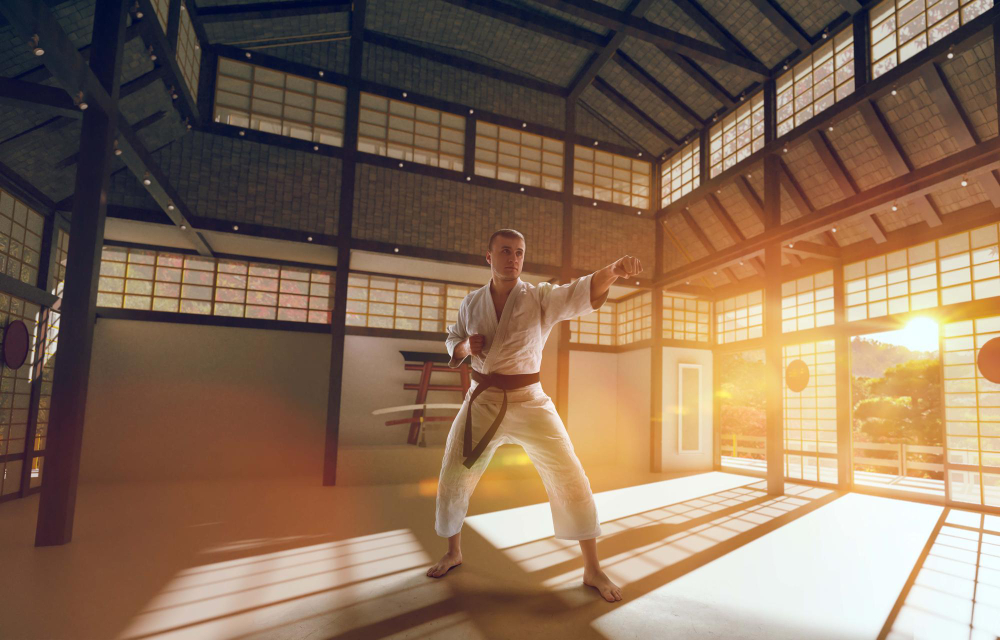
Aikido: Practitioners are taught how to turn the power and power of the assailant against them in battle, where one may disable their rival but not seriously injure them. It was developed and invented in Japan at the beginning of the nineteenth century. Aikido is a fantastic alternative for self-defense because of this.
Judo: Judo represents one of the earliest contemporary martial arts. Judo techniques can be used to lift and toss rivals onto their backs so that the participant can use the opponent’s power against them. Once their opponent is on the ground, they can dominate them by pinning them down and using various tactics, such as joint locks and chokeholds, unless their opponent submits.
Chinese Martial Arts
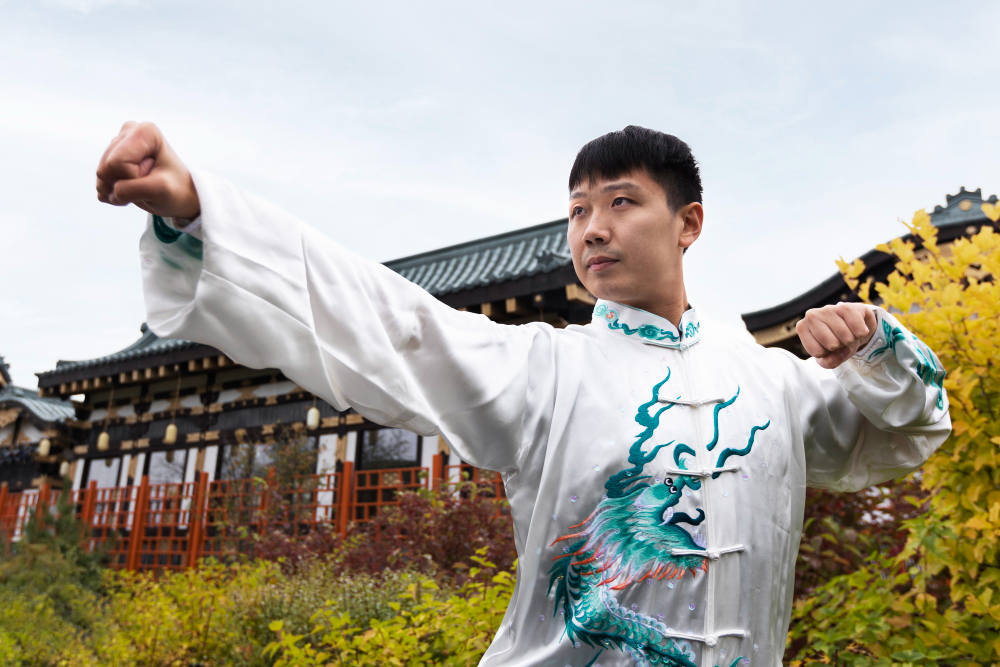
Kung is a broad term for Chinese martial arts, such as wushu and quanfa. It is a term used to describe any study, acquiring knowledge, or practice that calls for perseverance, effort, and time to finish. Kung fu is a martial art, which originally meant “any discipline or skill acquired via hard work and practice,” and can apply to any such discipline or skill, not just martial arts. (for example, the discipline of tea making is called the Gongfu tea ceremony). Also, the literal translation of “Chinese martial art” in Chinese is zhngguó wshù.
Filipino Martial Arts
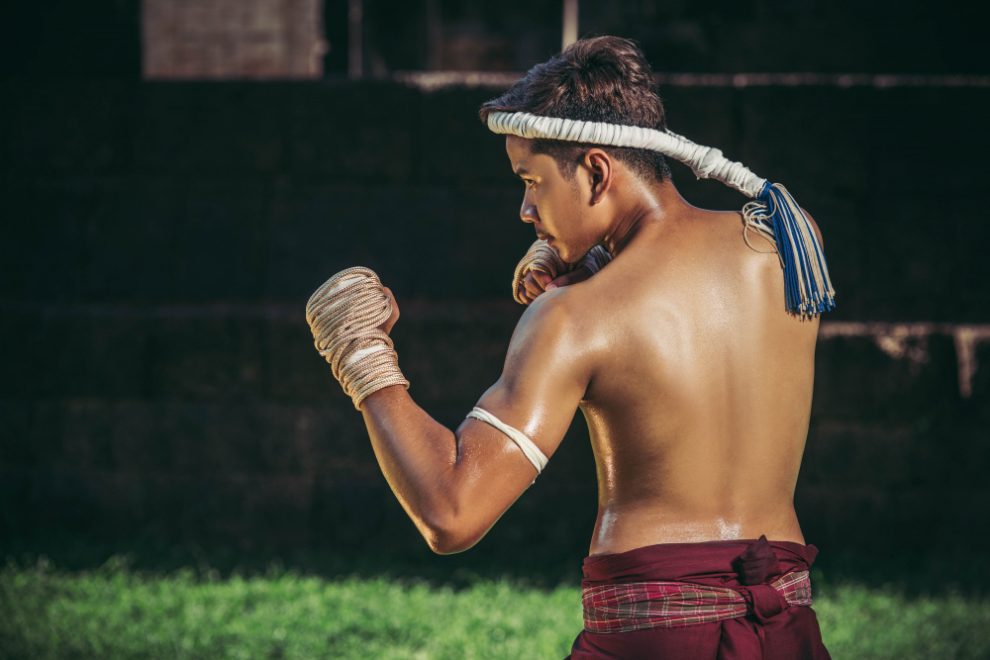
Filipino martial arts refer to traditional and modernized combat techniques developed in the Philippines. The most well-known variations of it are Arnis, Eskrima, and Kali, which combine aspects of Western and Eastern martial arts. Also, these mechanisms originated from the innate urge for self-preservation. Invaders and changing local conflicts imposed different battle dynamics throughout history on the islands that make up the Philippines.
Russian Martial Arts
In Russian martial art, there are a great number of war-like art techniques and schools that have Russian roots.
Traditional Russian “fist fighting,” a kind of martial art practiced in Russia since the first millennium A.D., In the Russian Empire, it was declared illegal in 1832. However, with the dissolution of the Soviet Union, it has become more popular.
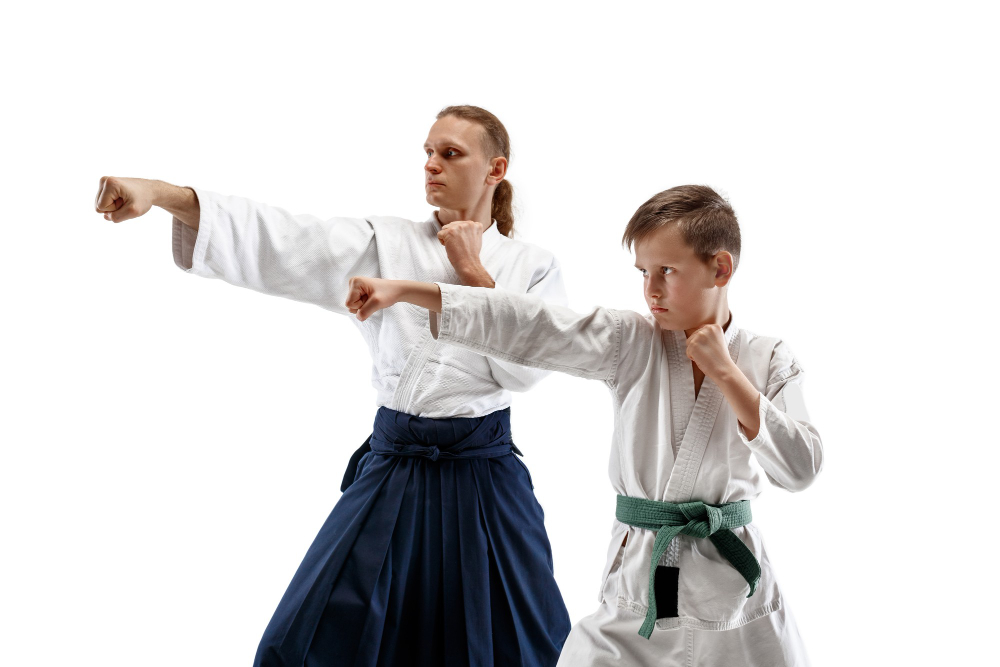
Sambo, a martial art, has grown due to the Soviet government’s desire to grow both fight sports and military hand-to-hand fighting ways of doing things. Following the fall of a social system with no private property, the 1980s saw a renewed interest in people’s war-like arts. Also, numerous new folk-based genres have emerged as a result of anthropological research.
Israeli Martial Arts
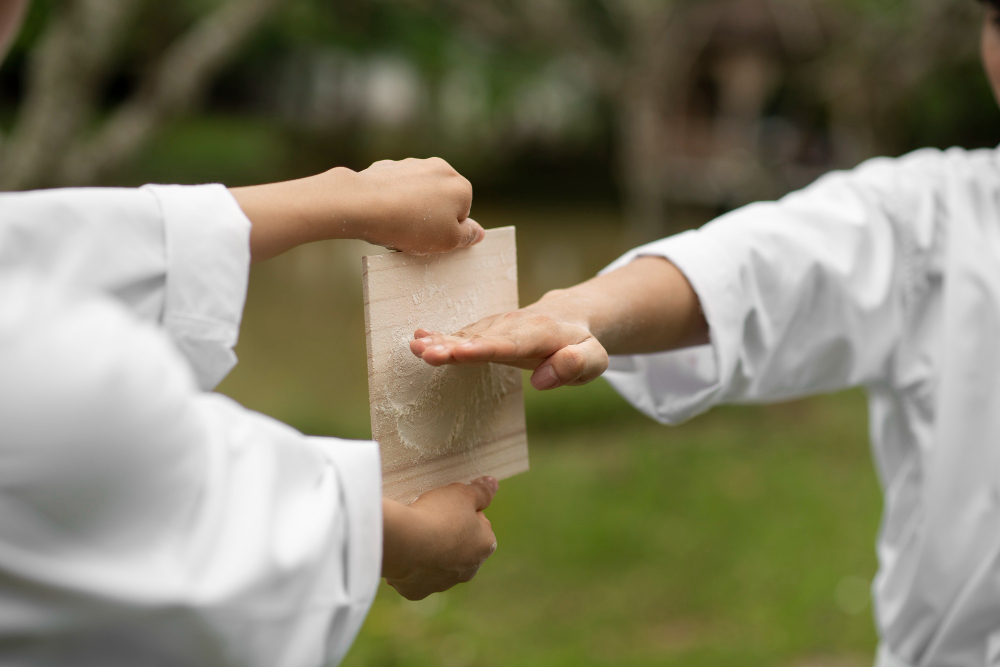
Israeli martial arts are Krav Maga, created with the purpose of an Israel Defence Force in mind. It is derived from a blend of aikido, judo, karate, boxing, and wrestling. It is renowned for its tremendous efficiency and emphasis on practical applications. Also, the initial idea behind Krav Maga as a martial art method was to quickly educate conscripted soldiers on the most efficient and useful aspects of various combat systems (primarily European boxing, wrestling, and street fighting).
Brazilian Martial Arts
The Brazilian martial arts are further divided into seven categories.
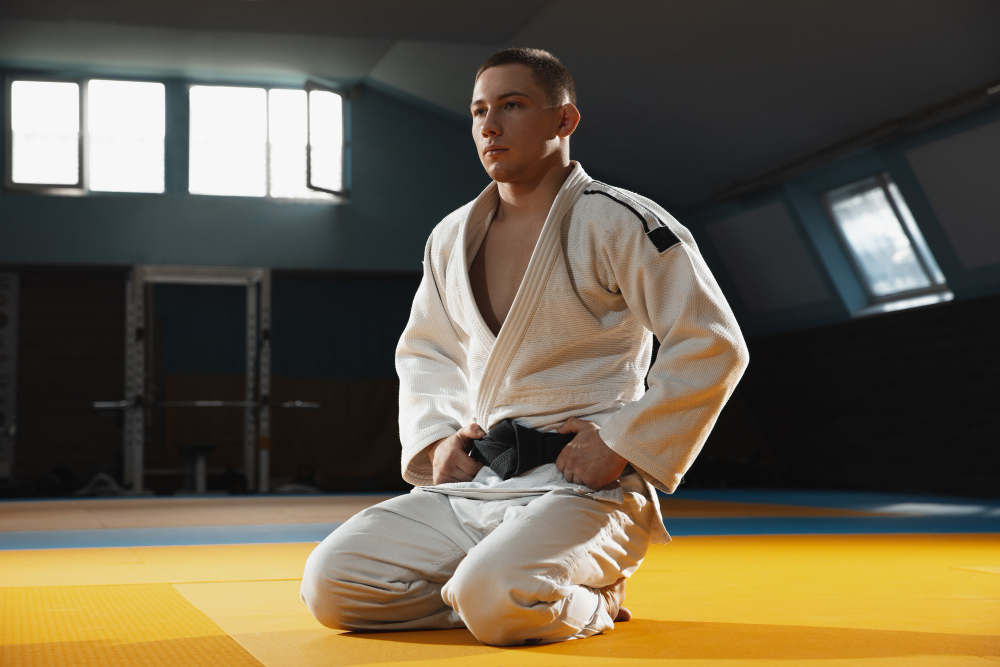
- Brazilian jiu-jitsu is a grappling and ground-based martial art, fighting sport, and self-defence technique.
- Capoeira is a dance, acrobatic, and musical martial art that originated in Brazil and Angola.
- Vale Tudo, which translates to “anything goes,” are full-contact unarmed fighting matches with few rules that gained popularity in Brazil throughout the 20th century and later impacted the growth of mixed martial arts.
- Luta Livre is a self-defence martial art that combines catch wrestling and judo and is separated into Vale Tudo (anything happens) and Esportivo (sports) schools.
- Huka-Huka is an indigenous form of folk wrestling used by the Yawalapiti people.
- Kombato: a military martial art developed for bodyguards and the nation’s armed forces (mostly employed among the Brazilian Navy and Brazilian Marine Corps).
- Tarracá is also a type of traditional wrestling from the northeast of Brazil.
Silat Martial Arts
The name “silat” refers to a class that includes traditional martial arts from Southeast Asia’s Nusantara and neighboring geo-cultural regions. Brunei, Indonesia, Malaysia, Singapore, Southern Thailand, Southern Philippines, and Southern Vietnam are among the countries that historically practiced it.
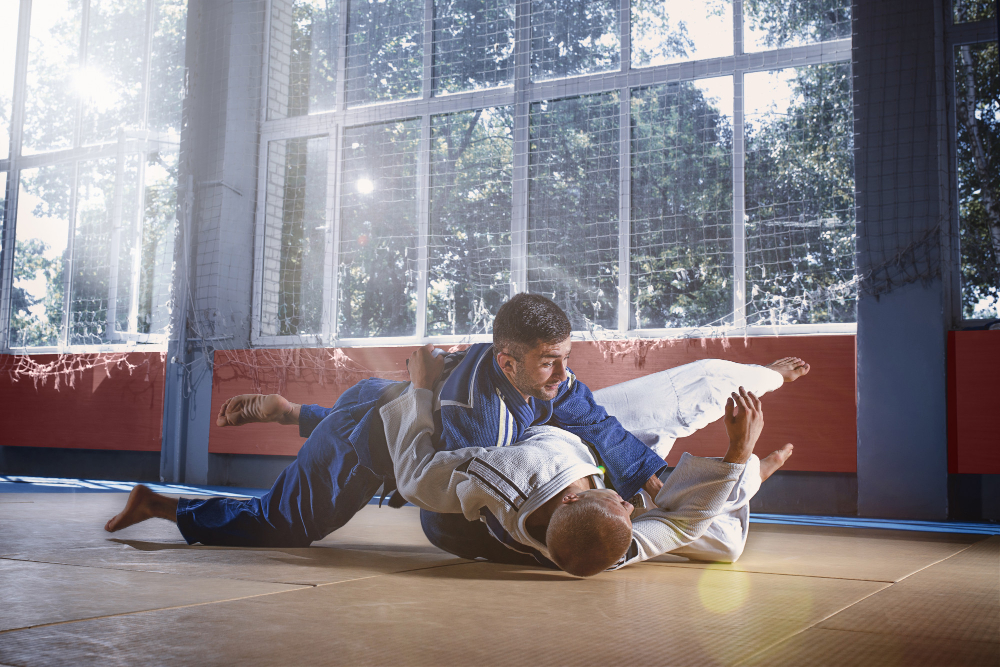
But Mu Thai martial art technique is also very popular in Thailand.
Muay Thai (also known as Thai Boxing):
Muay Thai has been acclaimed as the official sporting event and traditional martial art within Thailand, originated as a kind of close combat in the 13th century. It is an activity where competitors must use grappling, kicking, cinching, and punching tactics to overcome their opponents. Striking an opponent demands both physical and mental stamina. It is also a different martial art that fights using the human body as a weapon.
African Martial Arts
The African martial arts are further divided into nine categories:

- Dambe: a Hausa martial art with three phases of submission and no official weight divisions, is practiced by communities of that ethnicity in Nigeria, Niger, and Chad. Commonly used as war preparation.
- Engolo: is a style of ritual fighting used in Angola that is comparable to Kipura, which is said to be the origin of Capoeira. Kicks, contaminated leg traverses, and inverted stances are among the martial arts moves used in this move.
- Istunka: mock-combat rites originated under the Ottoman Empire of Geledi. It was customary to wear full war gear. (e.g., axes, swords, and daggers).
- Lutte Traditionnelle: The West African traditional wrestling technique aims to knock opponents off their feet or outside the ring.
- Moraingy: It was developed in Africa by the Sakalava Kingdom under the Maroseranana Dynasty as a bare-fisted special type of martial art.
- Musangwe: Musangwe is a traditional fighting style practiced by the Venda people in South Africa and Zimbabwe.
- Nguni: An ancient martial technique practiced with pride in South Africa is Nguni stick fighting. Although there are variants where participants come prepared with either a stick or a shield, competitors typically use two sticks.
- Nuba Fighting: Sudanese wrestlers frequently learn the Nuba technique from past champions.
- Tahtib: Tahtib is a folk dance that originated as a stick-fighting martial art technique in Ancient Egypt.
American Martial Arts
The U.S. military teaches martial arts in a variety of styles, which also includes American Kenpo, Budokon, Chun Kuk Do, Combat Hapkido, Jailhouse Rock, Jeet Kune Do, Kajukenbo, Kickboxing, Lua, the Marine Corps Martial Arts Programme (MCMAP), Small Circle Jujitsu, the Special Combat Aggressive Reactionary System (SCARS).
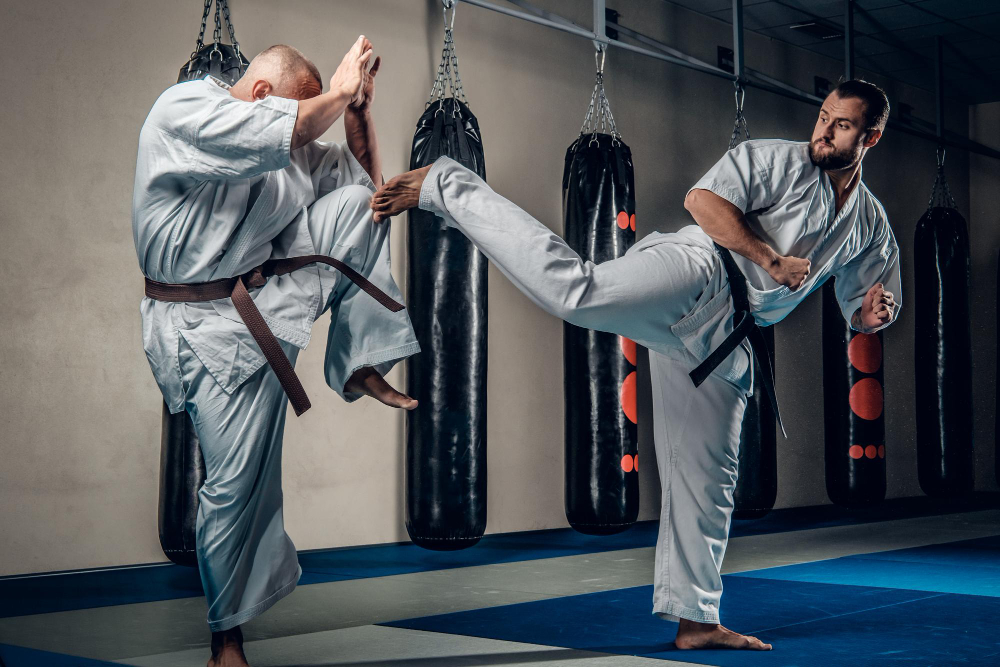
And the U.S. Army’s Modern Army Combatives Programme. A mixed martial art called American Kenpo combines yoga and martial arts training. Also, a combination style of yoga and martial arts instruction is called Budokon.
Chuck Norris also developed Chun Kuk Do, a Korean and American hybrid technique today called the “Chuck Norris System.” A martial arts style called JHR was created in the U.S. penal system.
Also, Lua’s ancient Hawaiian martial art emphasizes grappling, punching, and shattering bones.
Historical European Martial Arts
Historical European Martial Arts (HEMA) are martial arts with European roots that focus on techniques from systems that were once practiced but have since disappeared or changed into other styles. HEMA also focuses on the half-millennium from 1300 to 1800, with the Late Middle Ages and the Renaissance seeing the peak of the German and Italian schools and the modern era seeing the rise of the Spanish, Portuguese, French, English, and Scottish schools of fencing.
“Western Martial Arts” describes martial arts styles originating in Europe and its satellite regions. Also, these customs range from pankration, the brutal unarmed fight practiced by the ancient Greeks, to medieval weaponry and traditional fencing, boxing, and wrestling.
Also, the manuals of medieval swords emphasize control, footwork, point precision, balance, and grappling skills, which were preserved and improved through the Renaissance and Enlightenment.
Is Boxing a Martial Art?
Due to its regulated nature and intended use for peaceful competition, boxing is not regarded as a martial art. Because of its emphasis on eliminating opponents while avoiding being eliminated oneself, it is likewise not spiritual enough.
Boxing is not focused on “sacred matters” as its purpose. According to Merriam-Webster’s definition of “spiritual” as “with or associated with sacred matters.” Also, suppose you view spirituality from this angle. In that case, boxing does not qualify as a martial art since being in a state of mindfulness or other states that may be characterized as spiritual are just the results of an attempt to take out your opponent.
FAQs
What are the benefits of practicing Martial Art?
Martial arts training provides you with full-body aerobic exercise. You use a tremendous amount of physical energy throughout this workout. Consequently, your commitment to the discipline increases in direct proportion to your strength, balance, flexibility, and stamina.
What are some of the most Effective Martial Art for Self-defense?
So, learning any of these fighting techniques rather than any folk or dance technique is sufficient to learn effective martial arts techniques.
Can Children Learn Martial Art?
However, youngsters aged three can enroll in martial arts starting sessions. They will also receive instruction specific to their requirements at such a young age. Children can improve their motor abilities and gain more body control by learning martial arts.
Are there any specific types of Martial Art that are More Suitable for Women?
No specific types of martial arts are designated or labeled as more suitable for women. A woman can also adopt any martial arts type for any purpose.
How long does it take to become Proficient in Martial Art?
Depending upon the complexity of the course and desired degree of competency, it is also advised to practice for two weeks to many years to become proficient in various martial arts-based methods.
How does Martial Art differ from Combat Sports?
The goal of martial arts is to teach people how to fight. They practice fighting or combat systems that have been formalized. Also, combat sports are competitions where fighters compete within rules to determine the better combatant.
Can Martial Arts be used for Exercise and Fitness?
For fitness and exercise, your solution is martial arts. This is because martial arts do train the entire body. The consistent practice has been demonstrated to promote muscular growth, pressure response, and general mobility.
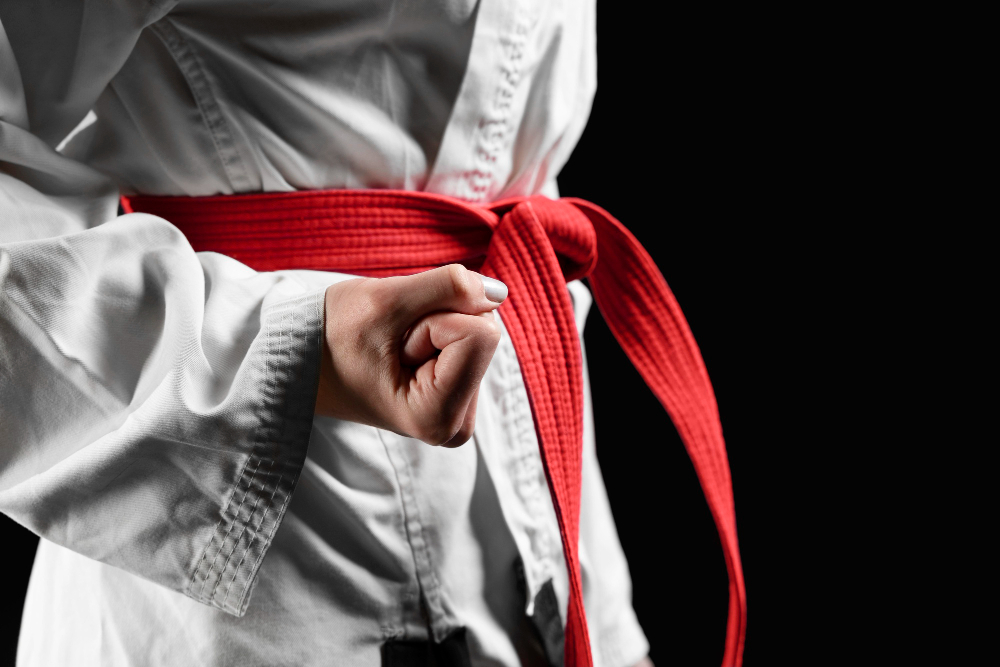
Conclusion:
Martial arts are a set of different types of techniques. The martial arts mean war; art is art, making it a war of art. It is the Tai Chi Chuan combat system. The martial arts focus on the individual’s physical health, mindfulness, and spirituality. The first martial art was used for warfare, then evolved into self-defense. Then, too, martial arts are used for entertainment. Every region has its own set of martial arts rules and techniques. Examples are China, where martial arts exist in kung fu, and Japan, where they exist in the form of judo, etc. The martial art is not specified with any gender. Also, medieval weapons and martial arts techniques were used in Europe.

